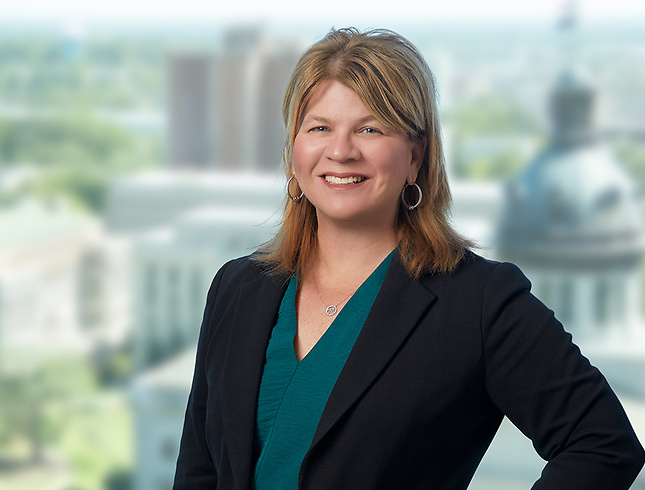The second installment of the Summer Green Card Series explained the function of the Visa Bulletin. In the third installment, we cover how to read the Visa Bulletin and answer some common Visa Bulletin-related questions.
How to Read the Visa Bulletin
The above figure is the Visa Bulletin’s Final Action Date Chart for July 2019, which USCIS indicated should be used to determine whether a foreign national is subject to a filing backlog. Applicants must first determine their employment-based category. The applicant must then look to their corresponding country of origin. The intersection indicates the latest Priority Date for which USCIS is currently accepting Adjustment of Status Applications with respect to the corresponding country and Green Card category. If the potential applicant’s country is not listed, he/she should use the “All Chargeability Except Those Listed” column. The annotation of “C” indicates the Priority Date is “Current” meaning the foreign national is immediately eligible to file an Application to Adjust Status to a Legal Permanent Resident. Importantly, foreign nationals with a current Priority Date can typically concurrently file their I-140 Petition and Adjustment of Status Application, meaning the two petitions can be adjudicated simultaneously, which can drastically speed up the Green Card process.
Common Visa Bulletin Questions
My country of birth is backlogged, but I have dual citizenship in a country that is not backlogged. Can I use the un-backlogged country to be eligible for filing?: No. The country listed in the Visa Bulletin is based on country of birth. Obtaining citizenship in a second country does not provide a benefit for purposes of the Visa Bulletin.
What is my spouse/child’s Priority Date?: Dependents of an applicant for an employment-based Green Card take on the same Priority Date as the primary beneficiary. One exception to the normal country of chargeability rules is that a primary beneficiary from a backlogged country whose spouse was born in a non-backlogged country may take on the spouse’s country for purposes of the Visa Bulletin and potentially avoid a backlog.
What happens if I file my Adjustment of Status Application and my Priority Date becomes backlogged?: Your application will continue to be processed; however, your application cannot be approved and you will not receive your Green Card until your Priority Date is again current.
Can I remain in the United States if my Priority Date is backlogged?: It depends. If you have not yet filed an Adjustment of Status Application, you will need to maintain a valid nonimmigrant status in order to remain in the United States. The immigration regulations for H-1B nonimmigrants include special provisions for those subject to backlogs that permit indefinite extensions of H-1B status until their Priority Date becomes current. For those in other statuses, consultation with competent immigration counsel is a must to fully develop an immigration strategy.
Burr & Forman’s Immigration Team routinely advises clients on employment-based Green Card issues, including strategies for dealing with visa backlogs.
- Partner
Melissa Azallion Kenny is the Chair of the firm’s Immigration practice group. She has more than 20 years of experience advising clients on business immigration and labor and employment law issues. Ms. Kenny represents clients in ...
- Partner
Anna represents businesses, families, and individuals with the process of obtaining legal immigration status for key employees and loved ones. She interacts directly with the client at every stage of the process, from finding the ...
- Partner
Jon Eggert has experience assisting and advising clients on business immigration and labor and employment issues in a wide range of industries, including higher education, healthcare, hospitality, and manufacturing.
His ...



